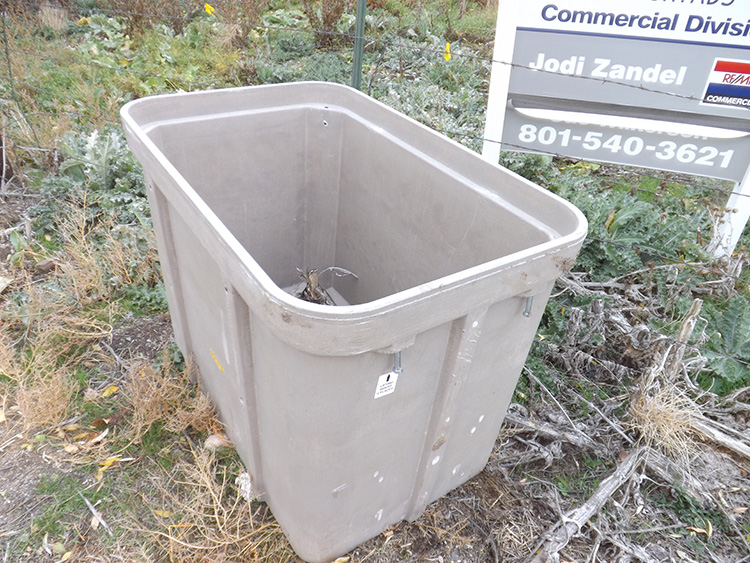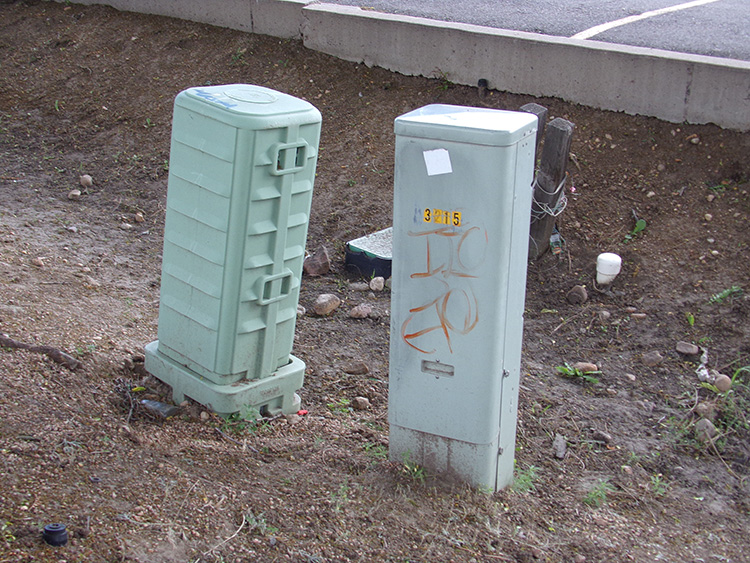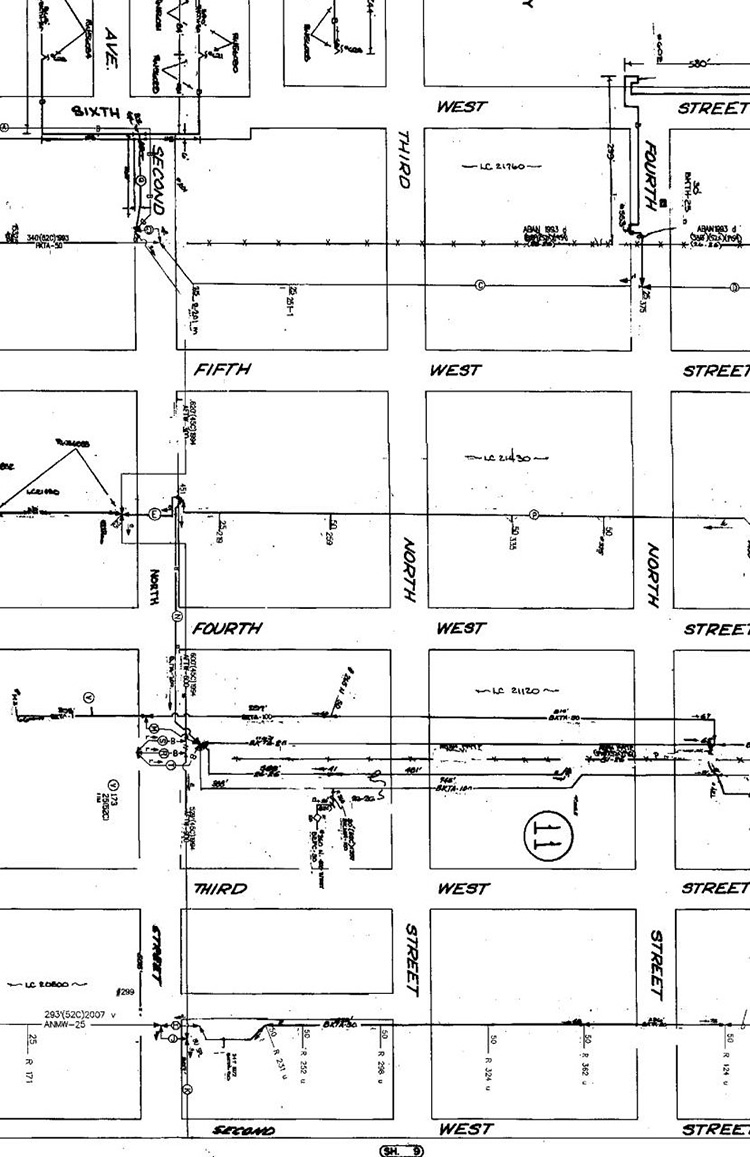The terminology included here is not specific to any type of utility, but relates to most or all different types of utilities.
ARCHITECTURE – TECHNOLOGY
Most utilities have their technology and their architecture – the electronic portion of the utility and the physical portion of the utility. A good example of this is the new 5G network. The change from 4G to 5G includes not only a change in the electronics and computer software (technology), but also includes the addition of small monopole transponders stationed at specific dead areas of reception (the architecture).













